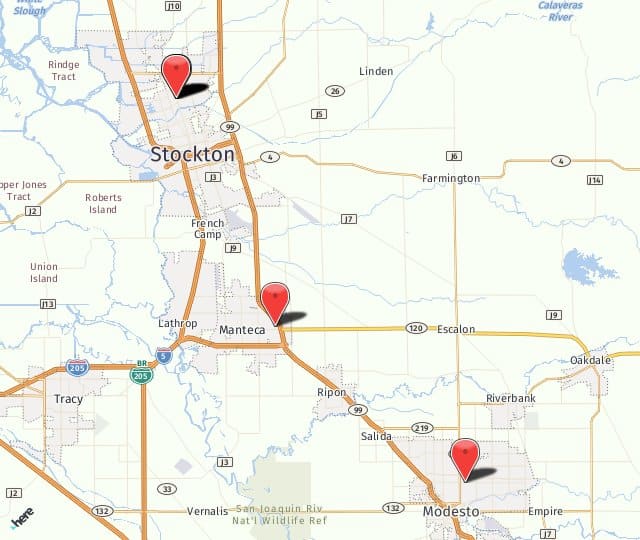More about Diabetic Retinopathy

Since we help patients manage their diabetic retinopathy at Central Valley Eye Medical Group, let’s use August’s second blog to provide some more information on this dangerous eye disease.
What is the first sign of diabetic retinopathy?
As we mentioned in the first blog, a scary thing about diabetic retinopathy is that it doesn’t usually show early symptoms. Both eyes are usually affected, and the high blood sugar levels can begin to damage the person’s vision before anything becomes noticeable to you.
But we can see it at Central Valley. That’s why we are always stressing the importance of your yearly eye exams, especially if you have diabetes.
The first sign a person may experience with diabetic retinopathy is the appearance of new floaters in the field of vision. These will be especially visible when looking at a clean background such as a cloudless sky or a white wall. Floaters look as if they are in the front of your eye, but they are actually shadows cast on the retina by bleeding from the abnormal blood vessels.
How is diabetic retinopathy treated?
The best treatment is early diagnosis. Otherwise, vision damage may already have occurred. Treatment depends on if you have non-proliferative (early stage) or proliferative (advanced) diabetic retinopathy. In early stages, simply managing your blood sugar effectively can slow the progression of diabetic retinopathy. Medications are showing promise in preventing abnormal blood vessels from forming in the eye, but they are under study at this point.
If you have proliferative diabetic retinopathy, you’ll need surgical treatment. We may use these surgeries, depending on your situation:
- Focal laser treatment — In this procedure, laser energy is used to either stop or slow the leakage of blood and fluid in the eye. Also called photocoagulation, laser burns close the leaking vessels.
- Scatter laser treatment — Also known as panretinal photocoagulation, here the areas of the retina away from the macula are treated with scattered laser burns. These burns cause the new abnormal blood vessels to shrink and scar.
- Vitrectomy — This surgical procedure creates a tiny incision in your eye to remove blood from the vitreous, as well as the scar tissue that is pulling on the retina creating detachment.
These surgeries are very successful in preventing blindness in most people with diabetic retinopathy.
If you have diabetes, it’s imperative to see the team at Central Valley Eye Medical Group for yearly eye exams. During dilation, we can spot early signs of diabetic retinopathy. Call us to make your appointment, (800) 244-9907.
Posted in: Diabetic Eye Care

